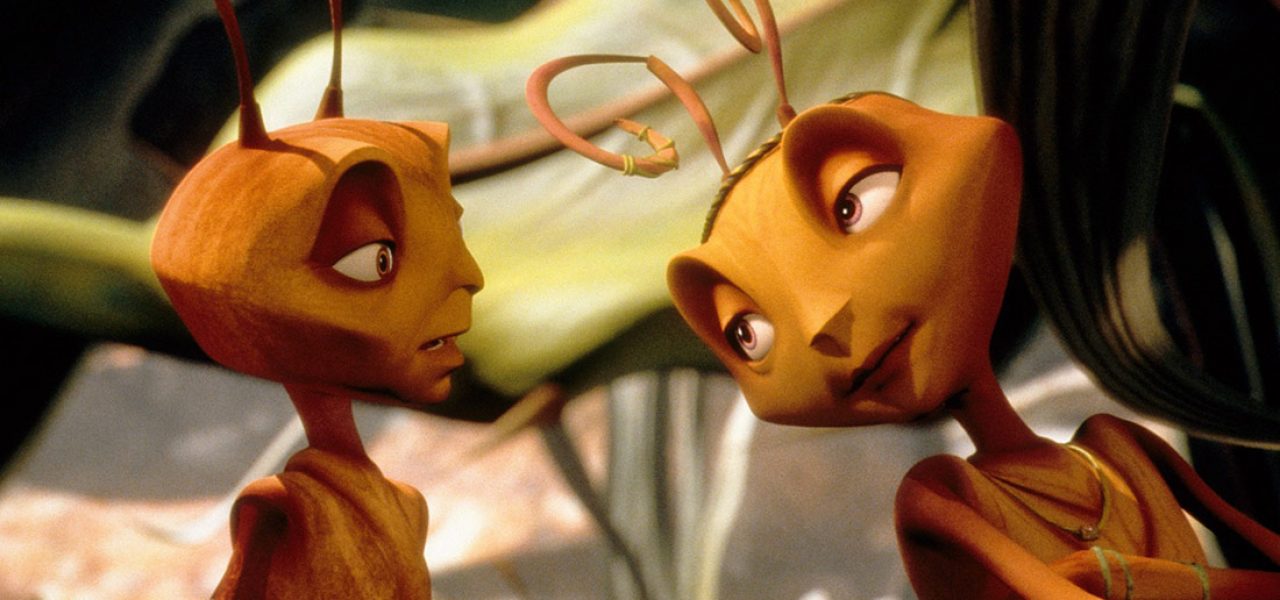
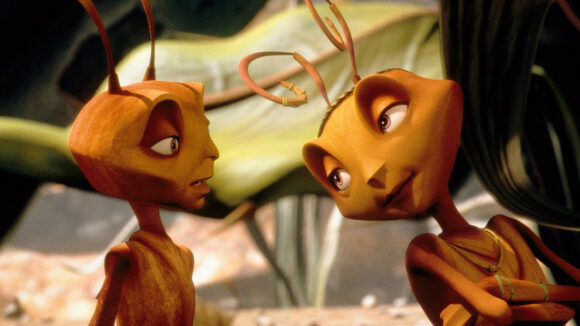
‘Antz’ Hits 20: Re-Visiting PDI’s Tech From 20 Years Ago
When Dreamworks SKG and Pacific Data Images (PDI) entered a co-production deal to create Antz back in 1996, PDI had already become a major player in cgi. However, this was mainly in television commercials, shorts, and visual effects for feature films; and making the leap to a fully-animated cg feature would be a huge challenge for the studio.
Not only did Antz need to include main characters giving emotional performances, but the film also involved enormous crowds of insects and even a colony flood involving nascent fluid simulation effects. Ultimately, the film would become only the second American cg animated feature after Pixar’s Toy Story (in addition, Pixar’s follow-up cg feature, A Bug’s Life, would actually be released just a few short months after PDI’s film).
Antz, which was directed by Eric Darnell and Tim Johnson, is now 20 years old, and to celebrate the two decade anniversary, Cartoon Brew went back in time with some key members of PDI’s technology and animation team. They reminisce about the can-do attitude inside the studio, the first feature film idea that did not get picked up, PDI’s proprietary animation, lighting, and rendering software, and how it all nearly got flooded away.
Could PDI actually make a cg feature?
Rex Grignon (supervising animator): We actually started the character group at PDI in 1990 officially, and they gave us a corner and we did things very, very differently. I think the rest of the company was probably looking over, kind of going, ‘Why are those guys so special?’ But we ran our own little business unit internally, which was great. And we started figuring out what rigging meant. There was no Maya or anything, we used all our own tools, and had to figure out all these things in set.
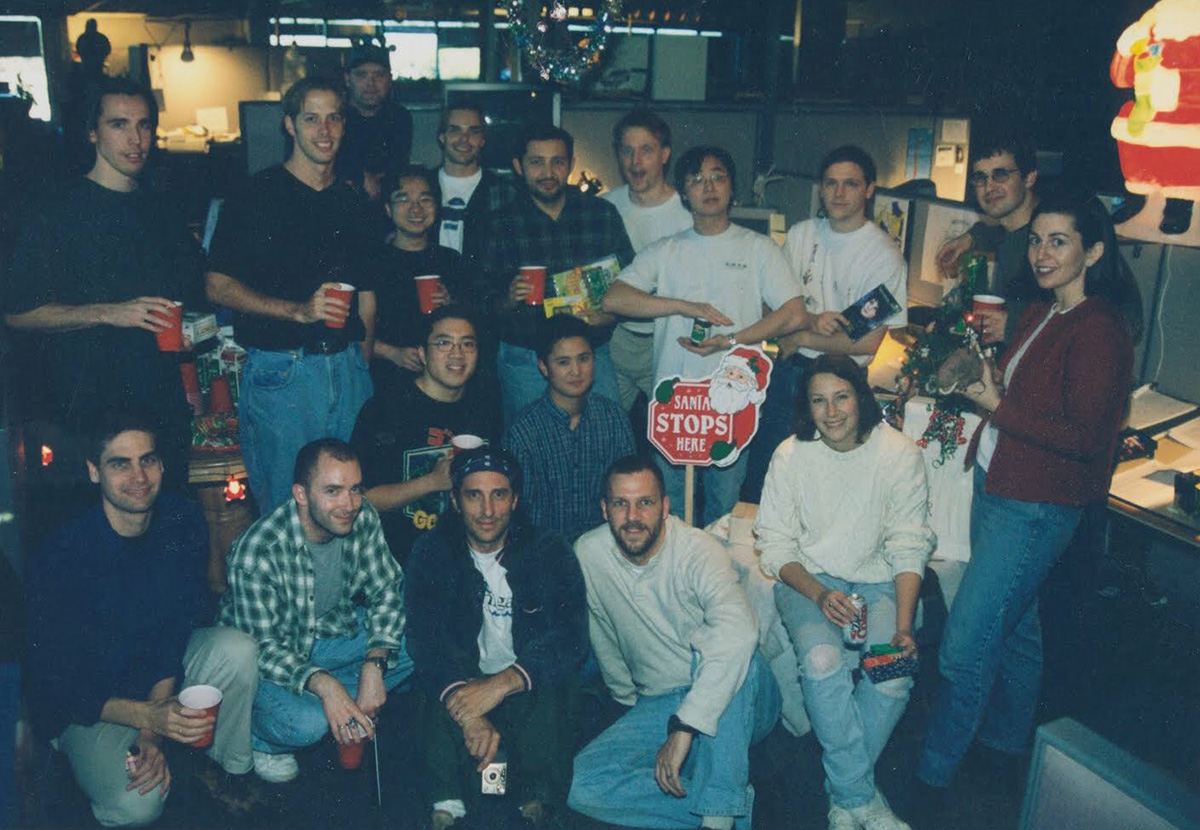
Over those first five years, we wrote a feature film that we shopped around – our aspirations were really to do a feature film. That was Bugs: Lights Out, written by Tim Johnson. There was a full script, we had character designs, we had character profiles.
Shawn Neely (senior R&D technical director): It was these little kind of robot-looking things. It was like, if your tv was on the fritz, it was because there was something inside there messing with it, a little gremlin. And we could do the rigid body articulations of these little bug-looking things and stuff. The way I recall is that that script was actually pitched to Jeffrey Katzenberg at some point and he declined it, but he said, ‘No I have this other script that I’d like you guys to look at,’ which was the script for Antz.
Rex Grignon: Bugs: Lights Out was quite a different story than what Antz ended up being. But, the point really was that all you could do then was hard body characters. So, it was bugs, robots, and toys. And Pixar had already done Tin Toy, and there was tons of robot stuff going on at the time. So we were sort of thinking, ‘What’s another way we could do that?’ And our Bugs was a combination of bugs and robots.
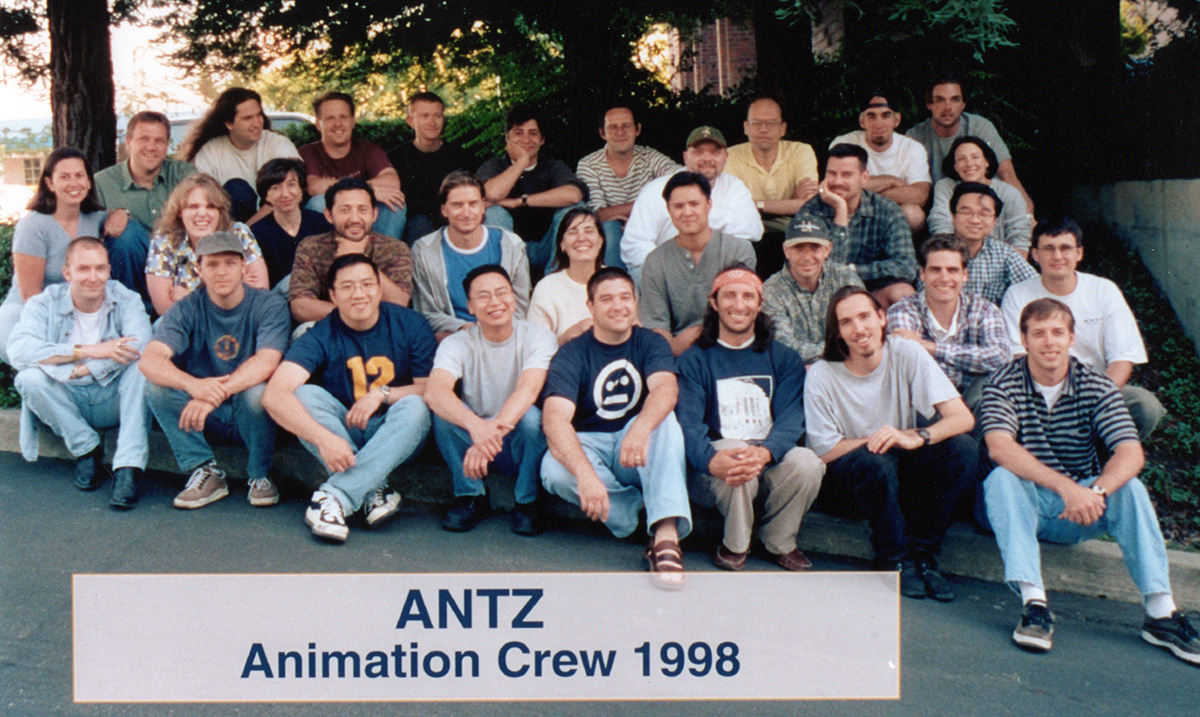
We did an animated test of this character called Smack. It was actually animated and voiced by Glenn McQueen, who later went to Pixar [McQueen passed away in 2002]. We showed that test around and we shopped it around all the studios, and we had a lot of studios very interested in the idea, but it was before Toy Story, so nobody bid on producing a feature film at that point. But what it meant was, we were thrilled when Toy Story got funded. We were like, ‘Okay, this is it. Finally, somebody’s unlocked that.’
The test we did was maybe a 10 or 15 second test of this character doing a little monologue. Glenn did this great voice on it. At that point, we had what I thought was some cool technology. We’d got to where we could do some pretty sophisticated rigging and we’d come up with a way to do bendable surfaces that was pretty revolutionary at the time, and we were using it on some of the commercial work. But the pitch didn’t get picked up. [Note: Grignon left PDI to work at Pixar in 1995 on Toy Story and later at the beginning of production on A Bug’s Life. He would return to PDI once Antz had been greenlit.]
Shawn Neely: At some point, there was this realization that PDI actually did have a lot of tools. Well, we had this big collection of tools that started with the founders in 1980, but it was a question of scale. The tools didn’t have very good user interfaces, a lot of them were command-line tools, and the stuff to hold it together was all shell scripts. So we put a fair bit of effort to enhance the tools. We kind of started before we knew that we were doing Antz, but I think the target of getting a film project was certainly in our sights.
Ken Pearce (R&D director): Tool development was complicated because there was this whole project that was problematic right beforehand. There was a big thing called CAST, where PDI was going to create its own sort of Maya-like tool. PDI had been around for a long time, and it had all this home-grown software. A lot of it did not have great user interfaces. So there was a massive project to create something like Maya that had a very user-friendly UI and drove all the PDI tools. But it had been a failure, basically, so we had to re-write a lot of tools.
[Dreamworks acquired a 40% stake of PDI in 1996, and the studio began working on Antz in May that year.]
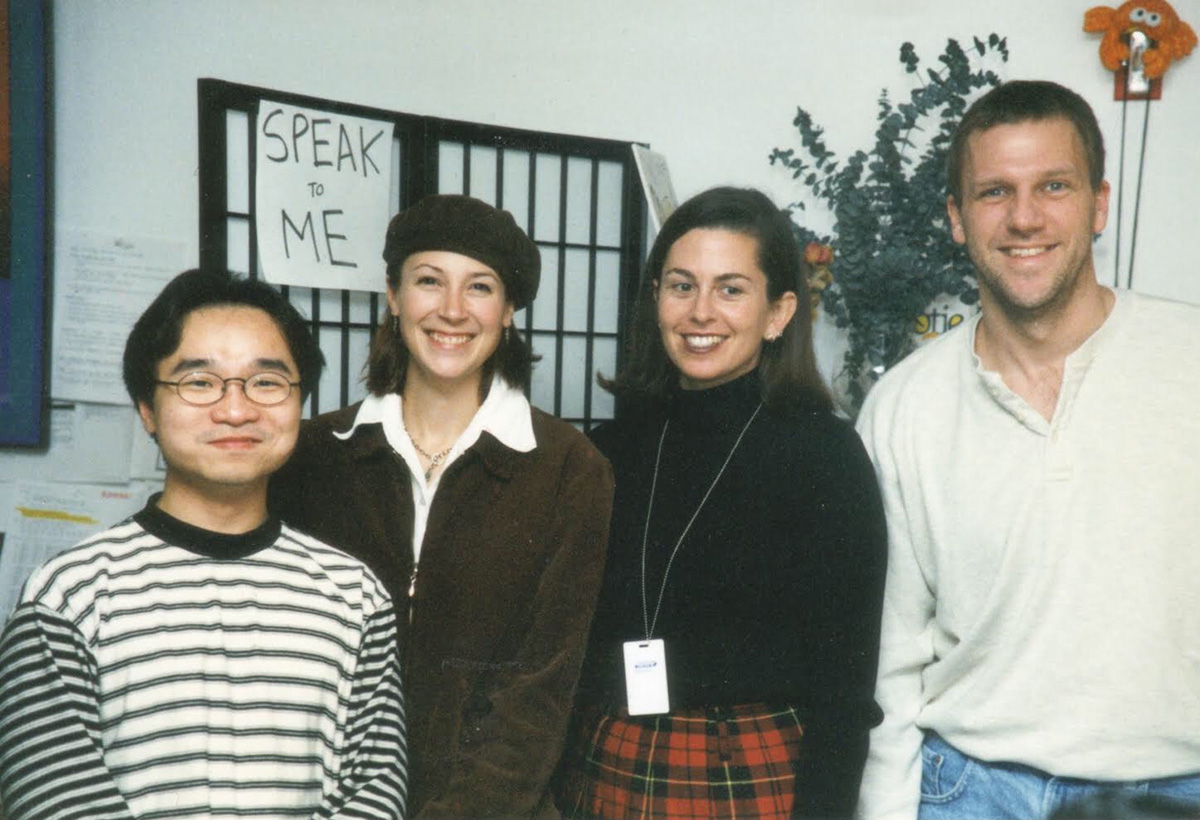
Animating with EMOtion
Rex Grignon: We animated Antz with our own animation system which was called EMOtion, and we called it EMO for short. It was a fantastic tool at the time. You’d have a camera view of your scene, and it was basically a timeline where every control had its own timeline. Some people called it kind of a spreadsheet tool, but you look at at where it went, at where all software went later, EMO was a real leader.
So if you think of a spreadsheet as just a whole bunch of stacked timelines, that’s really all it was. And then if you go across to any cell in the spreadsheet, that’s the key value at that frame number. You could say it was an incredibly sophisticated timeline, where you see the value at the time frame and you see each of the tracks that you’re controlling.
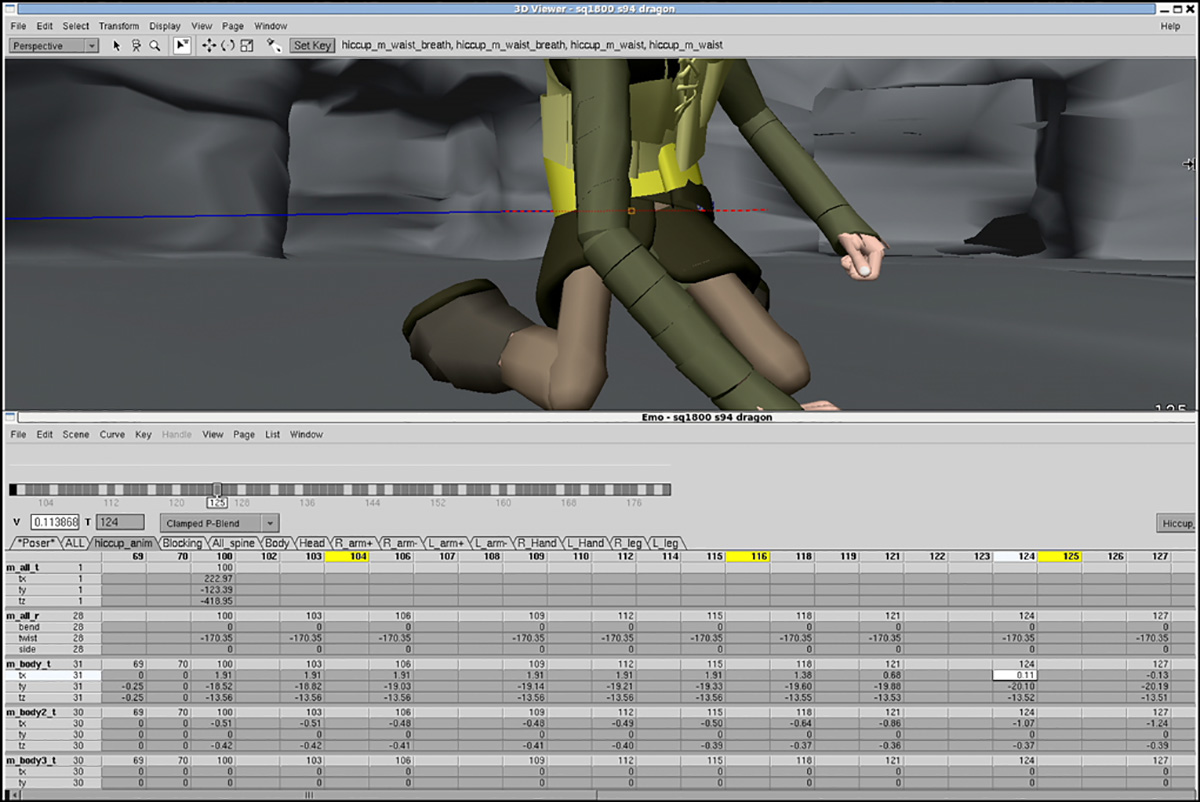
There were some animators who just loved working that way because they could just dance around through the timelines and set their keys. Some animators became very, very fast at doing that because you could copy and paste segments of animation very easily and modify them. We were doing, I think, seven or eight feet a week on Antz, which was a lot of animation to do for a novice team. Nobody on our team had ever worked on a feature film before.
Dan Wexler (R&D developer): The core of EMOtion continued to be used for many films after Antz. It was the original system for animation at PDI and it continued to be so and was evolved forward with the core system being largely built on the same system incrementally as imposed to thrown away and something new written. It was used in Shrek to do the muscles, and that evolved for many more films.
[Dreamworks eventually developed a new animation system called Premo for How To Train Your Dragon 2.]
Award-winning facial animation
Rex Grignon: We didn’t want to be too cartoony in Antz – they wanted these characters to be relatable, meaning, their faces came more to human and away from cartoony. Raman Hui, the other supervising animator, and I worked with Dick Walsh, who was the primary architect of the facial animation system at the time.
We sat down with him and talked through, ideally, what kind of control would an artist have over a face? And so we mapped it out – we’d done some rudimentary stuff over the earlier years of the group, but that mostly involved just moving lips, and now we really wanted to get the whole face where the cheeks and eyes were integrated with the mouth and the nose.
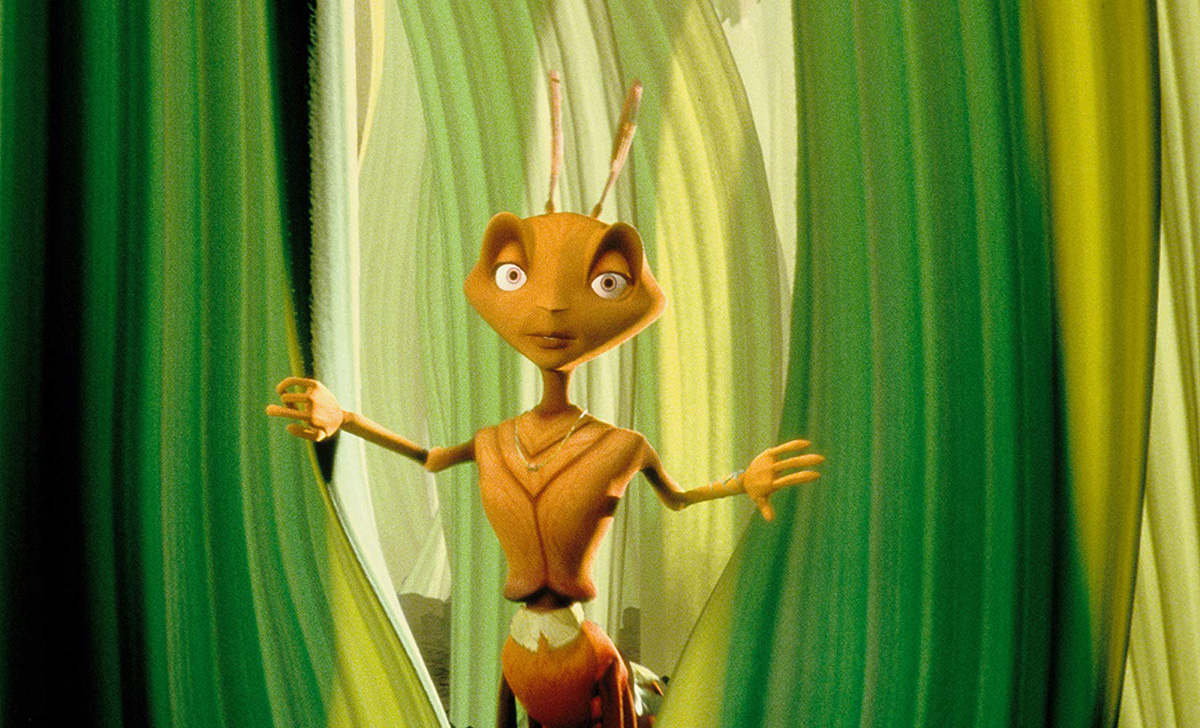
Dick came up with a fantastic, really wildly innovative system for integrating all that. It was a muscle-based system, which was very robust; it was very difficult to break it. We came up with phoneme libraries and how do we do speech and the tongue system and eyes and lids and how do you get expression out of the eyes and head. Raman and I worked with Dick quite a lot on all that, and he was just this incredible craftsman.
Dick is an amazing, amazing artist and technician. He’s an artist in his own right, but he really wanted to understand the artist’s challenge, the animator’s challenges, and he designed this system. That first generation phase system was amazing, really, the control we had over the faces.
And then it was, how do we teach the artists to use that? It was a new notion that you could do this with a 3d face, and nobody had ever really done that at the time. On Toy Story, we’d had controls, but if you look at Toy Story, the eyes are spheres with lids that rotate, it was not an integrated flesh system. The mouth had more of that, but this was a fully integrated facial mask [in which] all the parts work together. It was fantastic and it was very expressive and we didn’t really find the limits.
[Dick Walsh received an Academy Technical Achievement Award in 2003 for the development of the PDI/Dreamworks Facial Animation System. The Academy’s description of the system noted, ‘This effective software simulation system is used to create and control natural, expressive, highly-nuanced facial animation on a wide range of computer-generated characters.’]
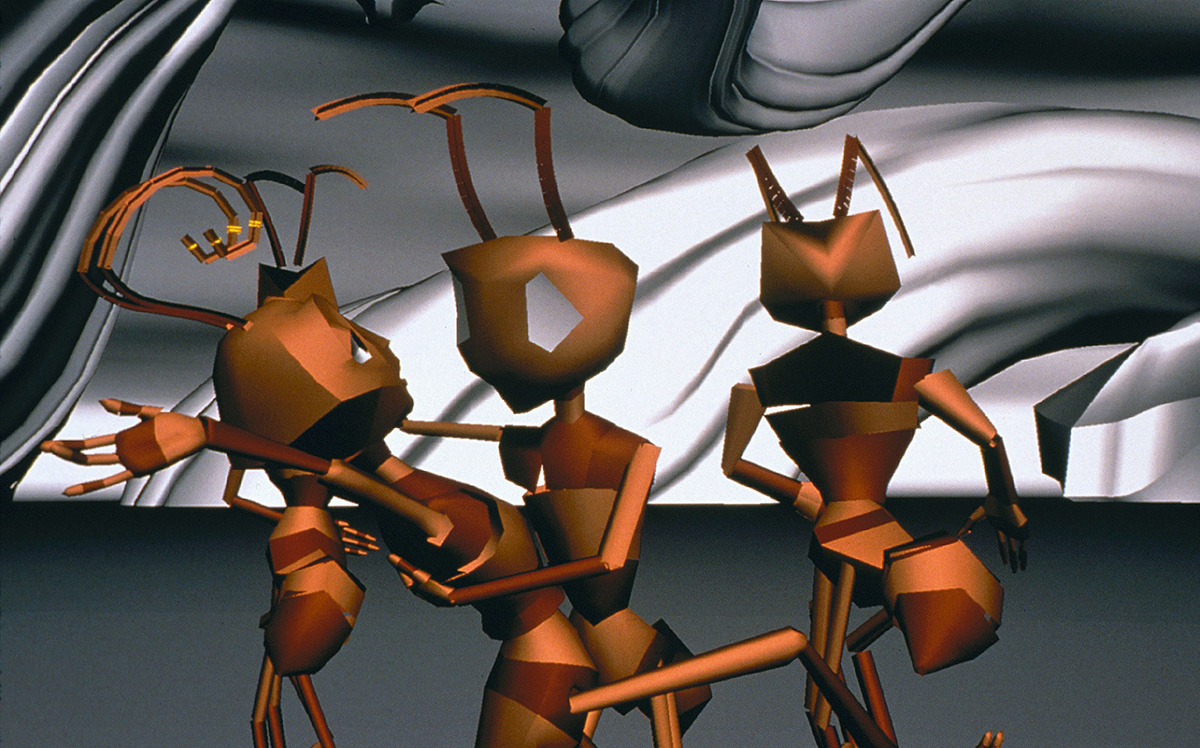
Nailing the opening
Rex Grignon: Raman and I animated the whole opening sequence where Woody Allen’s character is on the couch and you zoom down in and he goes, ‘I was a kid of 10,000…’ And he has the whole identity crisis thing on the couch. I did all that stuff, and then Raman did the stuff where he was pacing around the office. I did most of General Mandible, the villain. In fact, I would work during the day supervising, go home, I had a new baby at the time, come home, have dinner with my family, tuck her in, and then I’d go back to PDI to do the late shifts. So I’d animate from like 10:00 to 1:00 in the morning, every day.
Dan Wexler: That first sequence was the first to go through lighting, and I’ll never forget it. The lights in the ceiling needed volumetric lighting, which we had prior to that only ever done with fake particle cloud effects. And the renderer had only been used on a commercial, one commercial, before we landed a feature production on Antz. So we’ve got this first shot that had to use volumetric effects which were a very advanced feature. And not only that, but in the lighting, it had tiny little particles that floated around everything, and we desperately wanted to cast rays down. It was very challenging.
I distinctly remember a moment where Jean Cunningham, who was the lead lighter on that shot, was talking about something in the renderer not working on that shot. And I was, as usual, sitting at her feet, listening to her and trying to figure out how the heck I’m gonna make something work, and I think I told her at the time, ‘I don’t know how I’m gonna make this work but I’m here. I’m not going away. We’re still gonna make this movie. We’re gonna get this done together.’
And that was the spirit that we had there, it was, we’re gonna figure this out together, we’re gonna build these tools as we’re making this film, and we’re gonna work this out together and get this done. And it was just a wonderful environment for that kind of creativity.
Crowd-wrangling
Juan Buhler: There were a lot of ant crowds to do. Eventually, it went into its own department, but crowds were under the effects umbrella at PDI then. For some reason, you know, we were making a movie about ants and no one had thought about making a system for animating thousands of them.
For the crowd system, say every time eight or more characters were on screen, say background characters, that’s where we used it. It had things like avoidance collision and applying timing cycles. Now, the thing is, no one assigned me that job. One day I was talking with Luca Prasso, who wrote the tools for characters that need retouching.
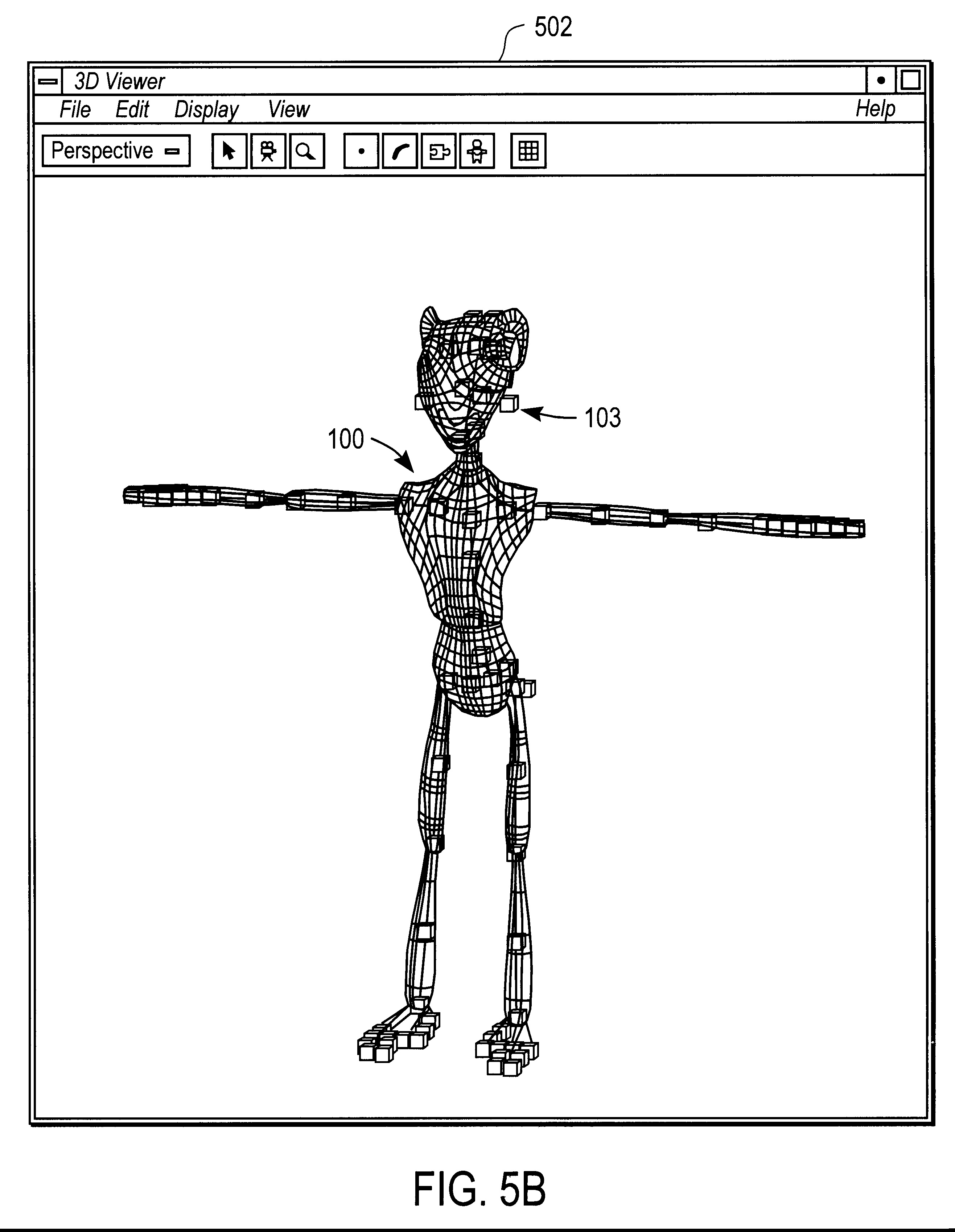
So, every time you had background characters that they’ll animate in particular ways, that’s his code, and we were talking about that and he had done some tests about crowds and I thought it was an interesting program and I just went ahead and wrote this thing. And I did a couple of tests and people liked what I did and it was assigned to me.
You could look at the animation curve in the spreadsheet that was there, one of the tools animators had to edit numbers on those curves. I was looking number by number on one of those spreadsheets trying to come up and see which joint I had to copy to draw my character, and I had too many variations of that because I wanted different types of characters and so on.
I was writing these into text files that would describe those relationships. And, Lawrence Kesteloot came to ask me if I wanted to play Ultimate Frisbee that day and he asked me what I was doing. And I told him. And he said, ‘I can make something for you.’
And the next day I had this tool where I could load the animation curves and click on joints in 3d space and make variations of my characters. So instead of having five variations by doing it by hand, I ended up having, like, 50 or a 100, thanks to Lawrence’s tool. By the way, the last time I mentioned this to him, he completely forgot he did that for me.
Rendering all those Antz
Dan Wexler: We were building a new renderer and part of that process was an entirely new user interface for controlling the renderer, or lighting tool, as we called it in those days. The lighting tool was called Light and the renderer was called d_render.

Prior to Antz, PDI had never done what would be called three-dimensional motion blur. We had always rendered what we would have called two-and-a-half-D motion blur, where we rendered a image and, per pixel, we also included a velocity and a camera focus for a circle-of-confusion. And we would take the finished image, the secondary image of the motion vectors and camera confusion, and apply a sort of two-and-a-half-D process that leveraged much of the same technology as the particle rendering stuff that we used to make a blurry version of the image, and we had done this with films for years.
Of course, we’re doing a new renderer, and of course the new hot thing is called 3d motion blur. Some people had written about in papers and some companies were doing it, but there was pretty much nothing available about it. So we spent a bunch of time actually implementing that for the renderer and we did use full 3d motion blur on Antz, but the technologies that we already had for part of the rendering were heavily used as well.
For many, many years, they were still used. We had to always find ways to make these different systems work together rather than forcing everything to go through the academically correct mechanism. We were more about these sorts of ways of, let’s get everything working and figure out a way to make the tools work better together.
[In 2013, Wexler, Lawrence Kesteloot and Drew Olbrich received a Technical Achievement Award from the Academy for the creation of the Light system for computer graphics lighting at PDI/DreamWorks.]
Flood in the film and flood at PDI
Rex Grignon: One of the sequences was this ant tower of thousands of ants standing on shoulders linking arms, and this tower swinging, as this flood water rushes around their feet and our heroes climb up the outside of this tower. They pitched this to us and we were just like, ‘Yeah, okay, let’s put down the crack pipe, we’re not doing a sequence like that. There’s no possible way we could do that.’ But we pulled it off.
Shawn Neely: That flood sequence in the movie was a big thing, so we hired a guy who had just completed his PhD, Nick Foster. No one had really done that in film before. So we had a physically-based water fluid simulation, and there were a couple of really big challenges but it was great because we had smart people working on it.
Juan Buhler: And then, during Antz, there were a few days of heavy rain and the whole basement of the building flooded. We spent two days filling sand-bags and cleaning up.
Shawn Neely: That basement was full of equipment and data from the early days of PDI. Ken even lost his motorcycle.
Ken Pearce: Basically the building was a three-story building that had a basement that you would park in. There was a huge flood. There was eight feet of water and mud and sludge in the basement. So all this stuff was under eight feet of muddy water, including my motorcycle.
Dan Wexler: Everyone had to get in there to help. People like Aron Warner, the producer of Antz was there filling sand bags with the rest of the team.
[Video below courtesy of Webster Colcord, an animator on Antz.]
An Antz legacy
Ken Pearce: Antz was just like doing the impossible, you know? It was like moving this giant boulder. That was part of the appeal of it, everything was so new and felt so impossible and, in the end, it all worked out. But, wow, it was a crazy time.
Juan Buhler: We were doing something that, as far as we know, hadn’t been done. I mean, Pixar had done it, but just one studio had. Something hadn’t been done outside of Pixar. And it was a time, I think, in computer graphics where there were so many things that were not invented yet or not done yet, like fluid simulations, at a big scale in a movie.
Dan Wexler: We were definitely standing on the shoulders of giants. We were starting a film but people had been producing visual effects and commercial projects at PDI for a long, long time before we started thinking about films. It was all thanks to Carl Rosendahl, Richard Chuang, and Glenn Entis [the original founders of PDI].
Rex Grignon: I feel incredibly fortunate. I somehow worked on the first two cg films ever released.
Juan Buhler: And the other thing was, there was this environment where someone like me could walk past someone’s desk and say, ‘Hey, I’m trying to solve this problem. What do you think of it?’ I did that, like, too many times with you Shawn…
Shawn Neely: But you never got in trouble for it.
Juan Buhler: Yeah, it wasn’t like, ‘Oh, I’m busy don’t bother the programmers because they’re working on important stuff.’ I could walk by and ask for help on a problem or make a suggestion.
Shawn Neely: Did you ever put money in my tip jar?
Juan Buhler: I don’t remember.
Ken Pearce: Yeah, Shawn had a tip jar.
Shawn Neely: I had two jars. I had tips and bribes.
Ken Pearce: Which one got more money?
Shawn Neely: I never got much.
Antz is being re-released on Blu-ray for its 20th anniversary. Pre-order the Blu-ray here.
